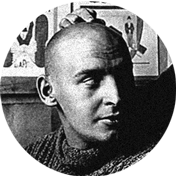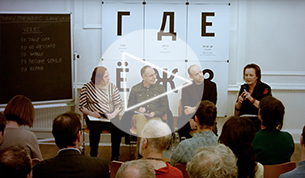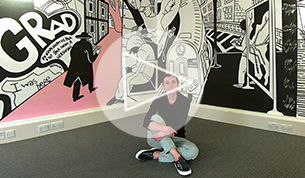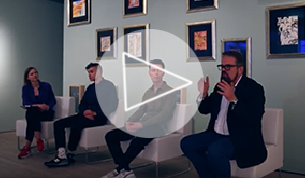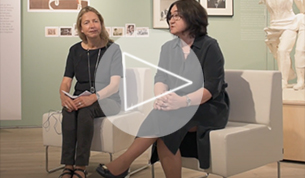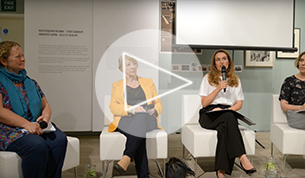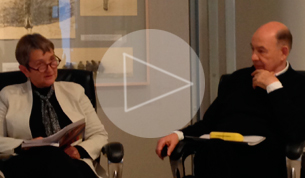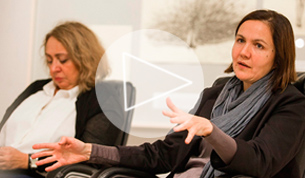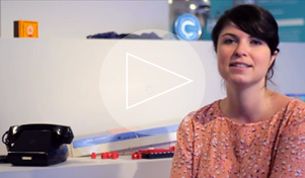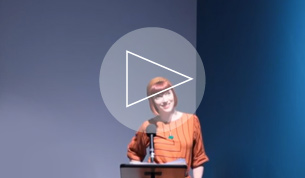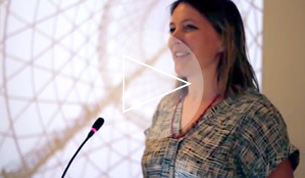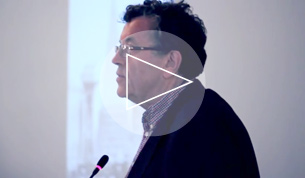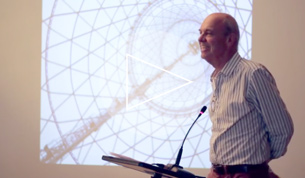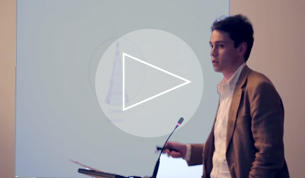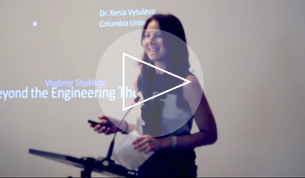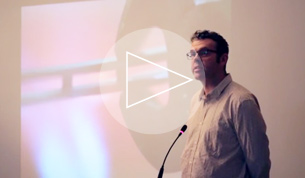Watch
Mother Tongue
Apparition of the Last Soviet Artist in London
ShadowMemory x Art Night Open
Postponed Futures
Superwoman: ‘Work, Build and Don’t Whine'
Unexpected Eisenstein
-
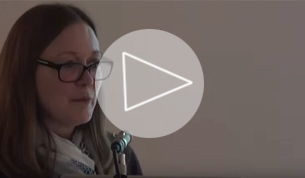 Rachel Morley:
Rachel Morley:
Russian Cinema before 1917 -
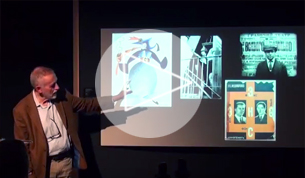 Ian Christie:
Ian Christie:
Besides Eisenstein: Protazanov, Barnet and the new Soviet cinema of the 1920s -
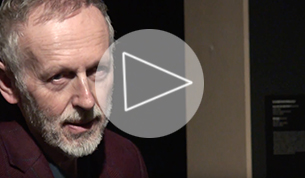 Ian Christie:
Ian Christie:
Maxim and co: creating the new heroes and heroines of the 1930s -
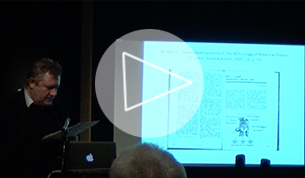 Phil Cavendish:
Phil Cavendish:
Soviet Colour Film, 1929-1945: An Experiment Understood by Very Few -
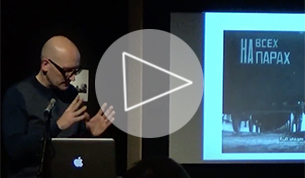 Jeremy Hicks:
Jeremy Hicks:
Meaningful Martyrdom — Death, Revolution and Victory from Lenin to the Reichstag, 1924–45 -
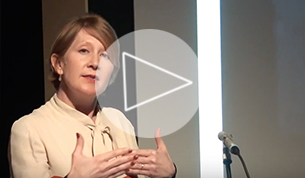 Emma Widdis:
Emma Widdis:
Film and the Making of the New Soviet Person: Bodies, Minds and Feelings -
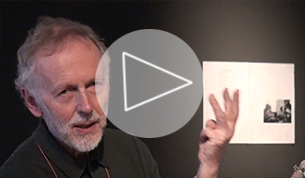 Ian Christie:
Ian Christie:
Hopes and fears: the Soviet New Wave of the 1960s -
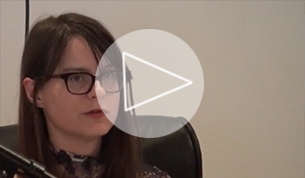 Carmen Gray:
Carmen Gray:
Andrei Tarkovsky: The Citizen Poet and the State -
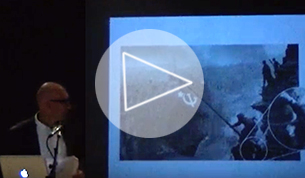 Jeremy Hicks:
Jeremy Hicks:
Reusing War Footage in Russian and Soviet Films, 1945–2015
Peripheral Visions
A Game in Hell. The Great War in Russia
-
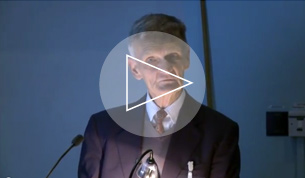 John E. Bowlt:
John E. Bowlt:
Introductory remarks -
 Elena Sudakova:
Elena Sudakova:
'Forgotten Heroes of the Great War' -
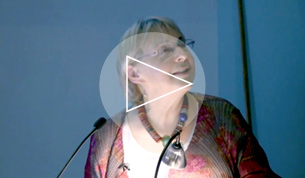 Christina Lodder:
Christina Lodder:
'A Painting Fit for Heroes: Kazimir Malevich's Reservist of the First Division' -
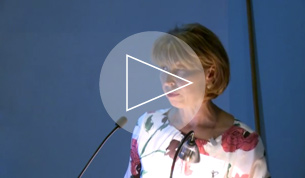 Natalia Budanova:
Natalia Budanova:
'Who Needs the Art Now?': Russian Women Artists Representing the Great War' -
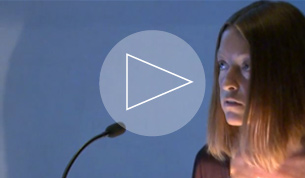 Valentina Parisi:
Valentina Parisi:
'Russian Avant-Garde Circles and the Literary Response to the Great War'
Work and Play Behind the Iron Curtain
The Shabolovka Tower Model
Kino/Film: Soviet Posters of the Silent Screen
-
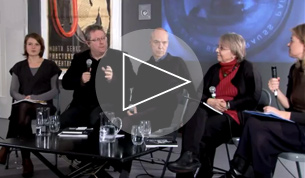 Curators and Special Guests:
Curators and Special Guests:
Panel Discussion with Exhibition -
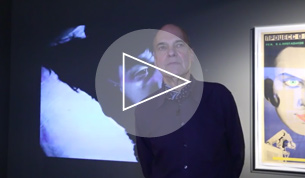 Lutz Becker:
Lutz Becker:
Curator talks: Chess Fever and The Three Million Case -
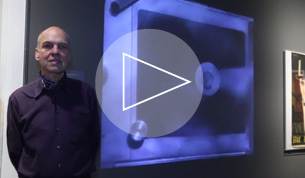 Lutz Becker:
Lutz Becker:
Curator talks: Man with a Movie Camera -
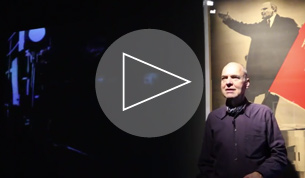 Lutz Becker:
Lutz Becker:
Curator talks: October -
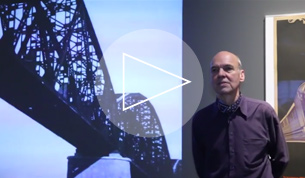 Lutz Becker:
Lutz Becker:
Curator talks: Storm Over Asia and Turksib -
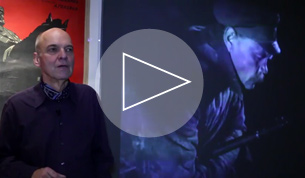 Lutz Becker:
Lutz Becker:
Curator talks: The End of St Petersburg -
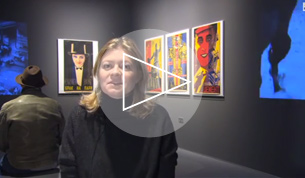 Elena Sudakova:
Elena Sudakova:
Soviet Posters of the Silent Screen
Utopia LTD
-
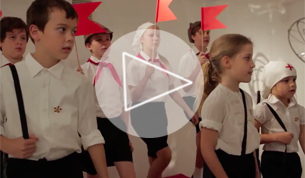 'Inside the Rainbow' Performance:
'Inside the Rainbow' Performance:
Directed by Irina Brown -
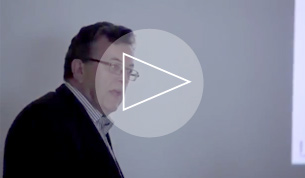 Professor John Milner:
Professor John Milner:
Seminar: 'Re-Constructivism' -
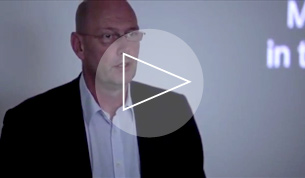 Willem Jan Renders:
Willem Jan Renders:
Seminar: 'After Lissitzky: Reconstructions at the Van Abbemuseum' -
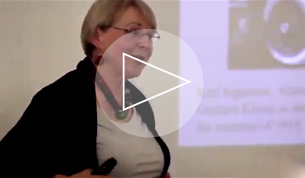 Christina Lodder:
Christina Lodder:
Seminar: 'Gustav Klucis: Transmitting Utopia' -
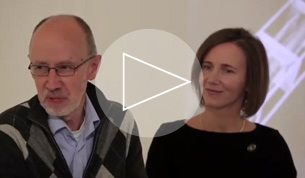 Aleksandr Shklyaruk:
Aleksandr Shklyaruk:
Seminar: 'Klucis and the Materialisation of a Futurist Idea' -
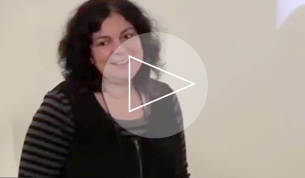 Dr. Maria Tsantsanoglou:
Dr. Maria Tsantsanoglou:
Seminar: 'Tatlin's Legend'
Listen
Superwoman: ‘Work, Build and Don’t Whine'
Unexpected Eisenstein
Bolt
A Game in Hell. The Great War in Russia
Read
Aleksandr Rodchenko
(1891–1956)
Aleksandr Mikhailovich Rodchenko was born in Saint Petersburg, but spent his childhood in Kazan, the ancient city east of Moscow. There he studied at the Kazan School of Art, 1910–1914, under Nikolai Feshin, and very soon he started to experiment with various subject matters and media. Around 1912–1913 he began to take interest in Art Nouveau book illustrations, especially those of Aubrey Beardsley, and in eastern motifs, which resulted in a period of stylistic experiment. From the very beginning, Rodchenko seldom worked from nature, rather preferring invented compositions and non-objective decorative elements. Already at this early point he was interested in geometry which helped him to develop his analytic, volumetric-spatial way of thinking and also the precision, accuracy and definition of his graphic design.
An event which played a decisive role in forming Rodchenko’s radical outlook was the Futurist lecture with the participation of David Burliuk, Vladimir Mayakovsky and Vasilii Kamenskii on 20 February 1914. These poet-painters came to Kazan to discuss the problems of contemporary art and read their poems, and Rodchenko immediately became a devoted follower.
After moving to Moscow, a centre of Russian Cubo-Futurism, in 1915, Rodchenko soon joined the avant-garde of Russian artists. In January-February 1916 he met Vladimir Tatlin, who subsequently had a major impact on his artistic development and remained a formative influence throughout Rodchenko’s career. Tatlin invited Rodchenko to participate in Magazin (The Store), a Futurist exhibition that he was organising, along with Liubov Popova, Aleksandra Exter, Lev Bruni and Kazimir Malevich.
By this time, however, Cubism and Futurism were becoming old trends. The latest artistic innovations were represented by Tatlin’s experiments with ‘real materials’ (Counter-Reliefs), leading to Constructivism, and Malevich’s version of geometrical abstraction, called Suprematism. Rodchenko’s unique series of black and white graphic designs and collages executed with compass and ruler at the beginning of 1915, in Kazan, took him directly into the world of truly progressive art. These early compass-and-ruler ‘subject-less’ drawings bear the most important characteristics of his work during the next couple of years.
After the 1917 February Revolution the Professional Union of Artist-Painters was formed with Rodchenko as secretary of the Left-wing Federation within the Union under Tatlin. It was in this Left-wing Federations’s club where Rodchenko’s only life-time solo show was held in 1919. Rodchenko’s rise to prominence in the new bureaucracy was rapid and wide-ranging. In 1919 and 1920 he served as the head of the Museum Bureau, and was one of the initiators of the creation of a network of new museums across the country. He was a founding member of INKhUK in 1920 and the same year was appointed to an important teaching post at VKhUTEMAS where he stayed until the school was closed in 1930 under Stalin.
The years 1918-1921 were a period of intense creativity for Rodchenko. In harmony with the revolutionary goal of an ordered, technologically advanced society, Rodchenko strove for an objective, impersonal art, stripped of description and narrative, and devoid of spiritual or metaphysical trappings. He experimented largely with the simple combinations of two-dimensional, and later three-dimensional, forms creating both static and dynamic rhythmical structures. In 1917 he began to take an interest in the projection of flat surfaces in space and to design folding constructions that would be used for functional furniture projects. In 1918 he produced his first sculptural-architectural constructions that pre-echoed ‘Spatial Constructions’ of 1920–1921.
In 1921 Rodchenko, along with his life-long partner Varvara Stepanova and others, formed the First Working Group of Constructivists who declared the renunciation of conventional art forms and practices and called for artists to enter the factory. The adherence to Constructivist ideas of the union of art and life led Rodchenko to proclaim the end of painting and to take up alternative media in the service of society. He embarked on a broad exploration of many fields of design, as well as photocollage and photography. Rodchenko now regarded himself as a versatile agent — a constructor able to work in numerous fields: he designed posters, agitational kiosks, book and magazine covers, sets and costumes for theatre and film productions, porcelain. One of his first utilitarian projects was decoration of the ceiling and lamp design for Café Pittoresque in Moscow — a meeting point for artists and thinkers of that time. He often designed posters in collaboration with the poet Vladimir Mayakovsky, who wrote the slogans. Between 1923 and 1925, Rodchenko created more than 150 advertising and packaging designs for state companies such as GUM, Mossel’prom and Dobrolet.
Starting from 1923 photomontage had become a recurrent method of working, and in 1924 Rodchenko took up photography himself. He saw the camera as a way to revolutionise visual thinking, adopting unusual viewpoints to change habitual ways of looking at things. His bold photographic experiments made him one of the most significant photographers of his time.
From 1923 Rodchenko worked on the design and content of LEF (the journal of the Left Front of the Arts). Other important project included the design of the Workers’ Club shown at the Exposition Internationale des Arts Décoratifs et Industriels Modernes in Paris in 1925.
Stalin’s consolidation of power towards late 1920s put an end to the openness and optimism of the early years of the new communist state. Despite Rodchenko’s efforts to adapt, he soon found himself at the margins of Soviet culture, and he spent much of the last two decades of his life in frustrated isolation. He died in 1956, the year that Nikita Khrushchev denounced Stalin’s crimes.
